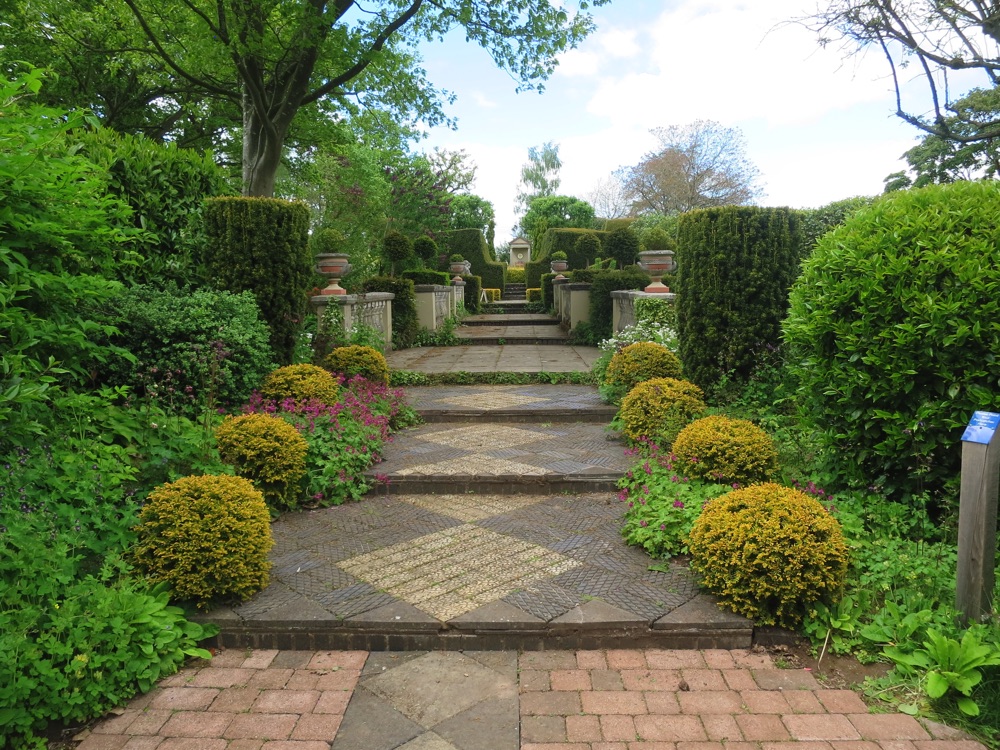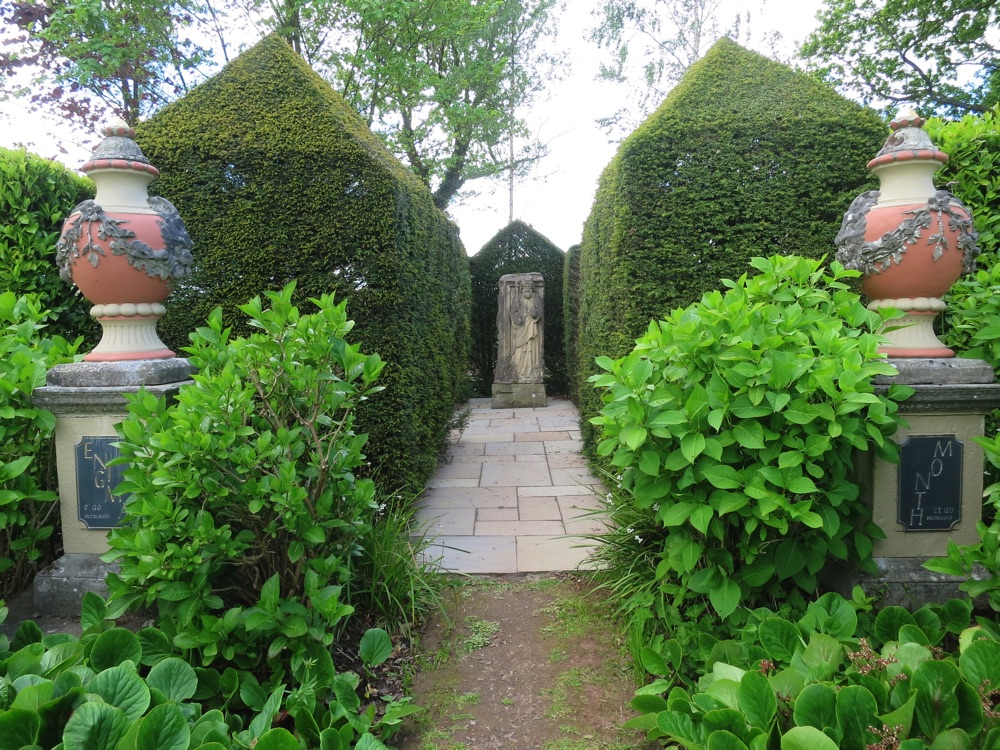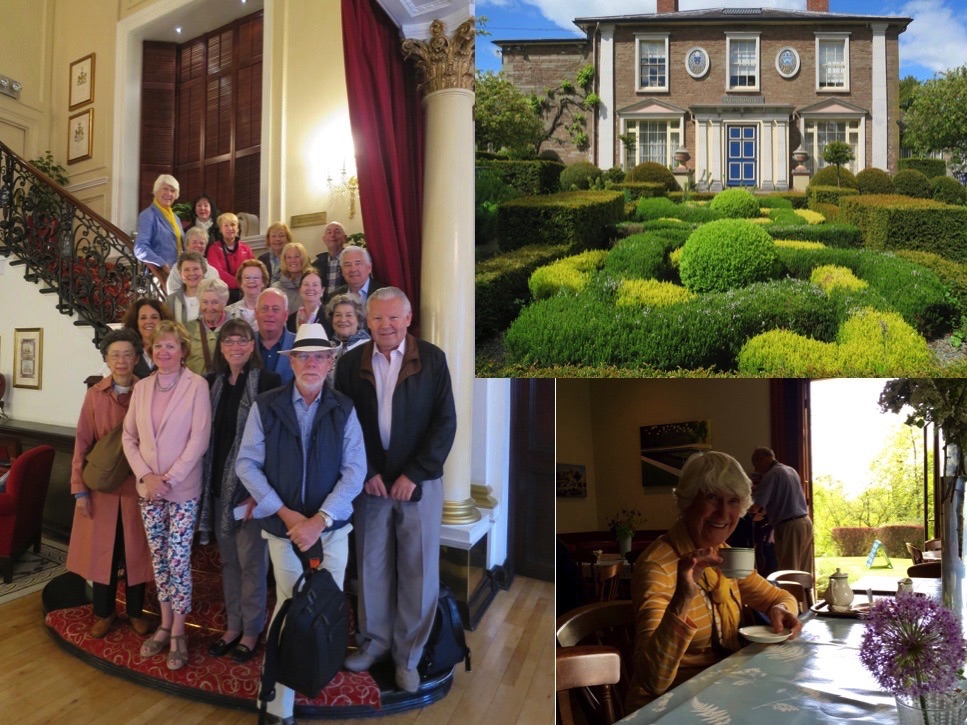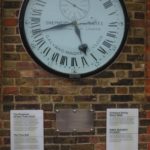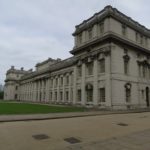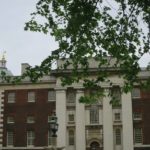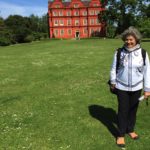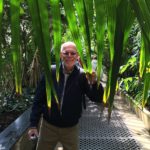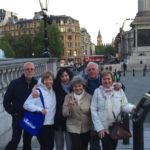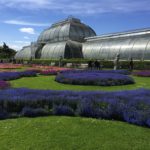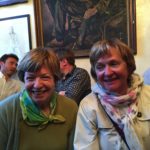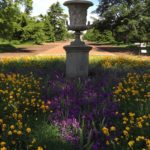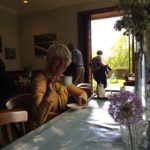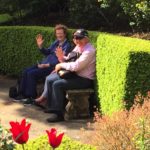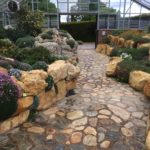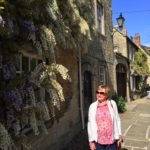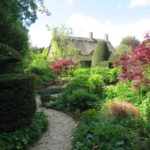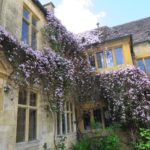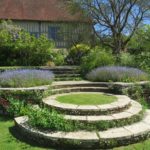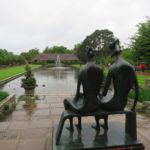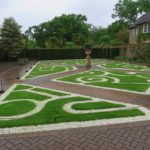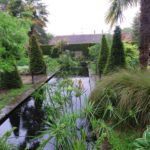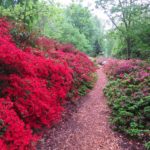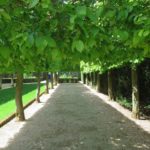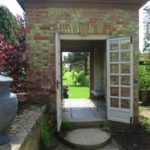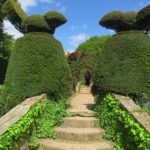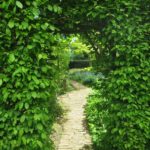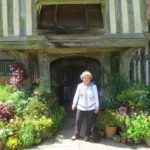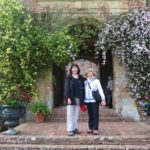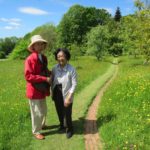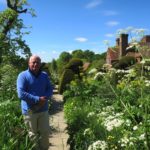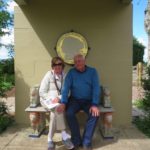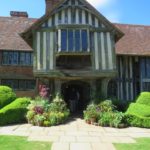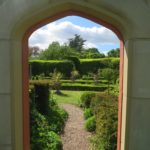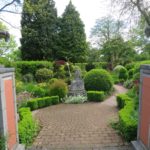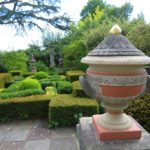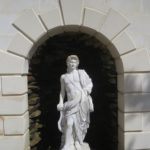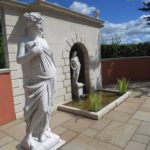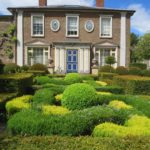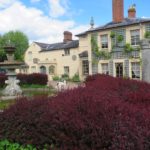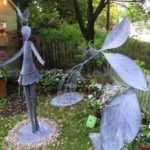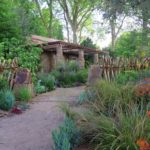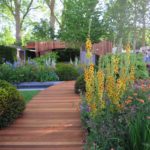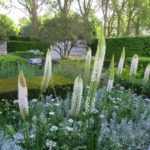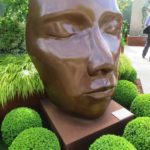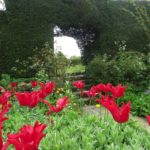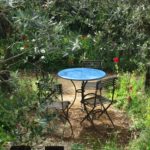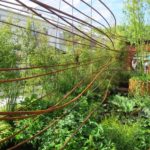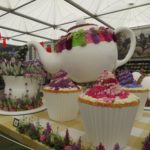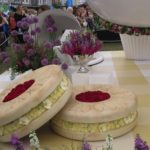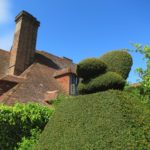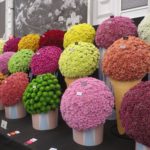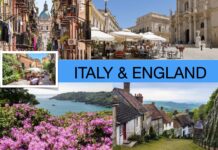In May, 2015, I led a 10-day tour to England. This adventure was promoted as The Best of British Tour and was a little different to previous tours in that the itinerary was entirely based on day trips in and out and around London.
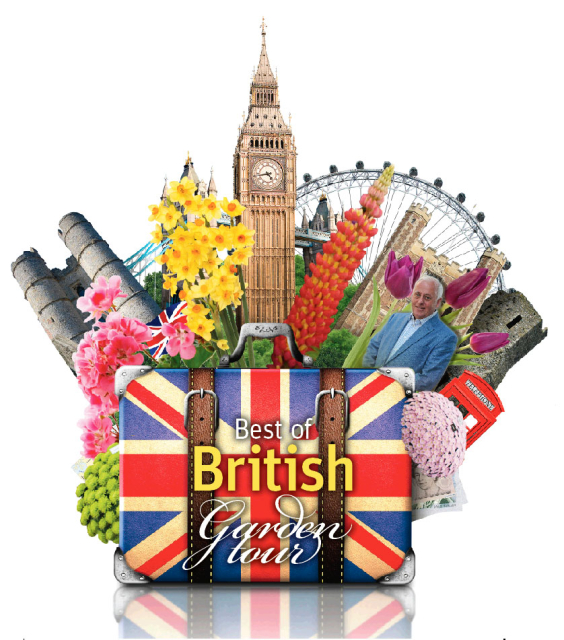
The idea of staying in one hotel for the duration of the tour allowed us the freedom to not deal with packing and unpacking every couple of days as we moved to a new hotel but also allowed us to spend all our evenings – and some afternoons – in London, going to museums, theatres and shopping in all the city’s key locations, such as Oxford Street and Piccadilly and Harrods in Knightsbridge.
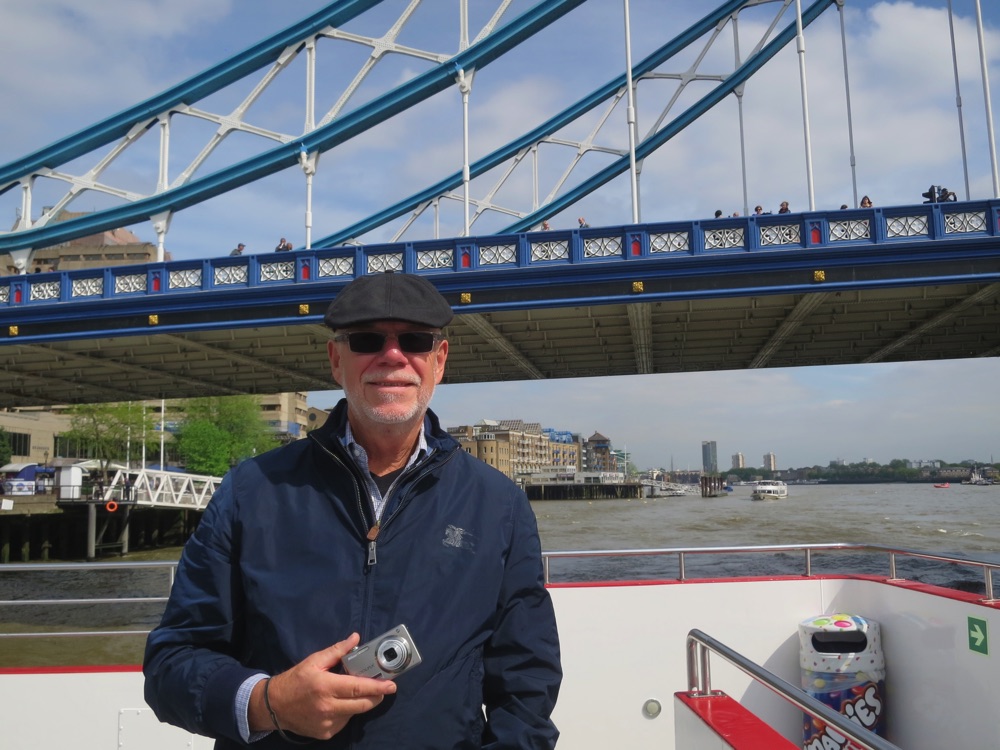
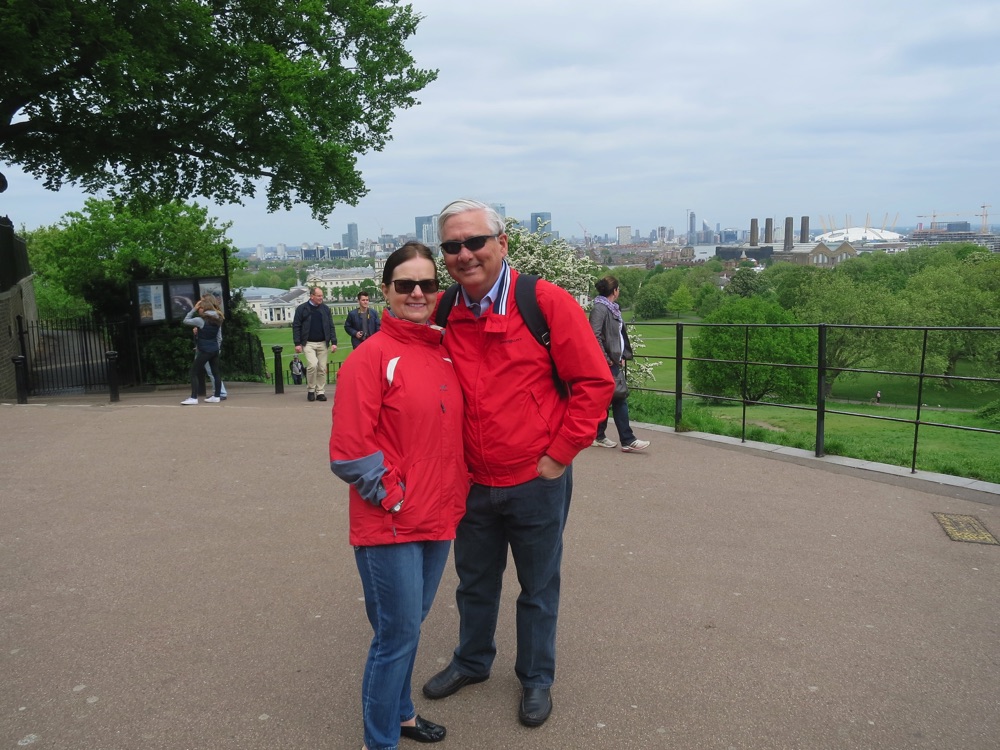
To pull this off, I picked the Millennium Bailey Hotel in South Kensington as our hotel, located right next next to Gloucester Road Tube Station, which gave us easy access to central London, but also within easy walking distance of top museums, including the Victoria and Albert and Natural Science Museum as well as Hyde Park and Kensington Gardens.
From the window of my hotel room, I looked out to a busy bustling street scene with newspaper seller, flower shop, racks of rentable bicycles, Cafe La Liaison and a rank of taxis.
It was really just like a scene from the Beatles song Penny Lane. And just as I was thinking all that is needed to complete the picture was a fireman, barber and pretty nurse selling poppies from a tray, along came a battalion of soldiers on horseback out for their daily exercise.
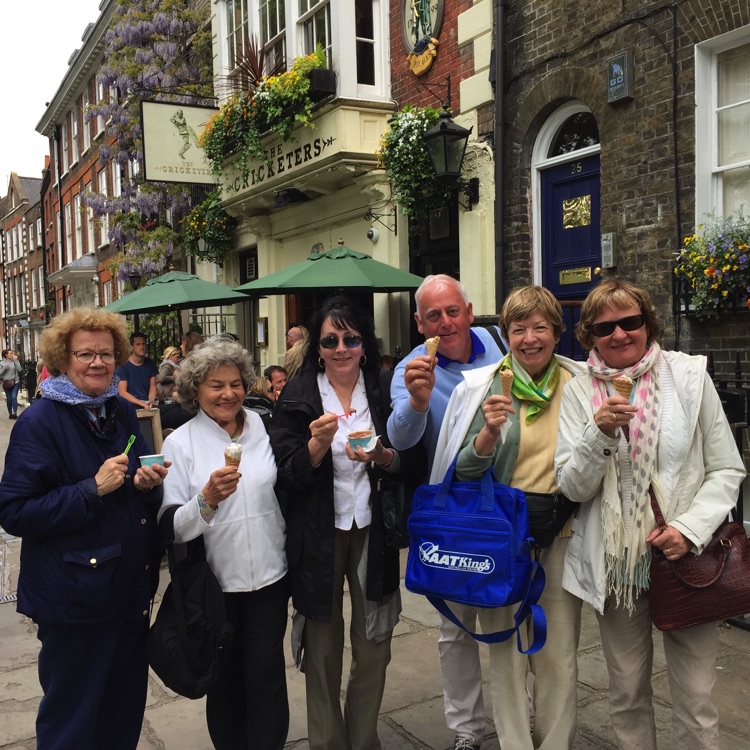
The other reason for picking this particular hotel location was to be close to the Chelsea Flower Show, which was the last scheduled event on our itinerary. Chelsea is the world’s most prestigious garden show and I always tell people it is definitely worth seeing it at least once in your life.
The rest of the itinerary for The Best of British Tour involved going to some of the iconic gardens of England, including Sissinghurst, Great Dixter, Kew, Hidcote and Kiftsgate.
But we also had arranged a special treat to travel to Herefordshire one day to visit the celebrated garden, Laskett, owned by Sir Roy Strong, former director of the V&A and the National Portrait Gallery.
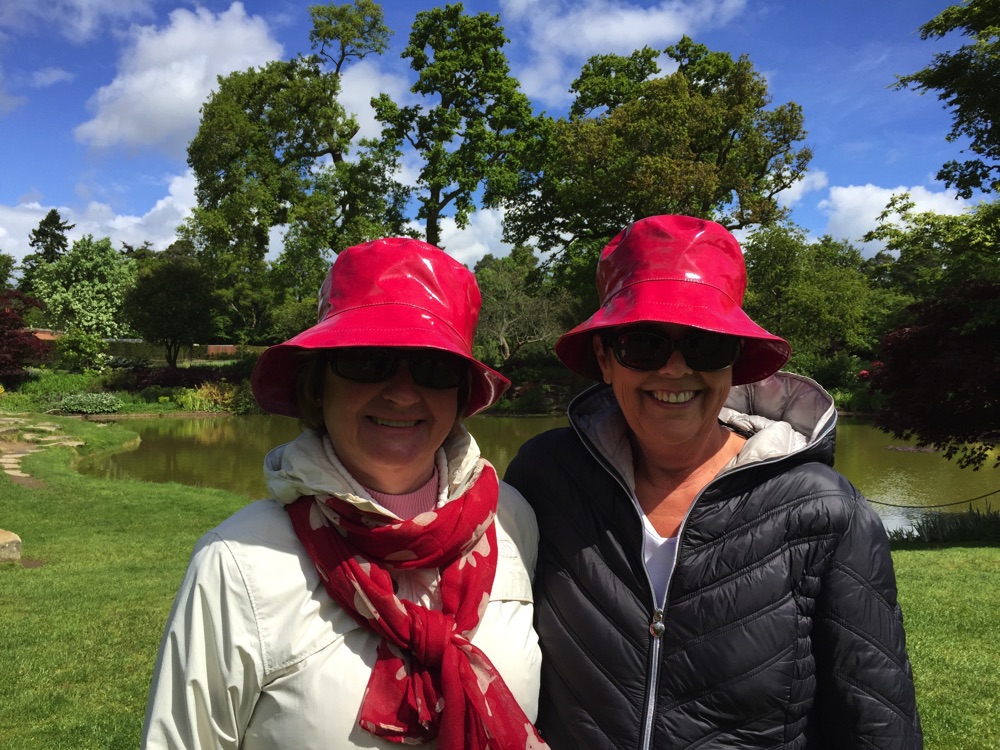
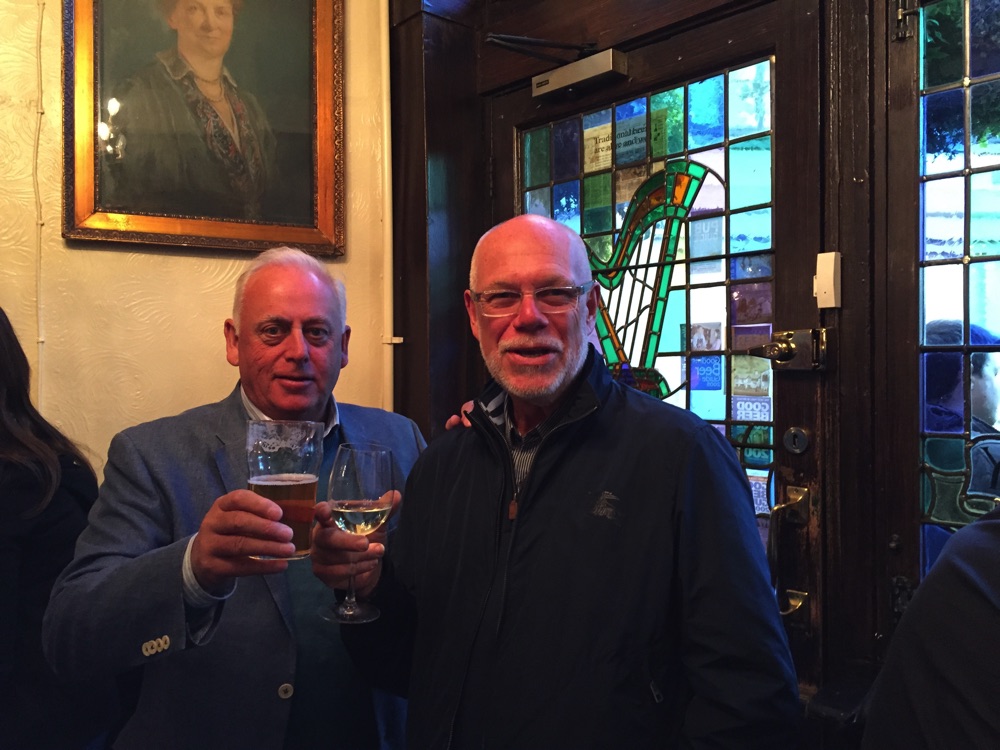
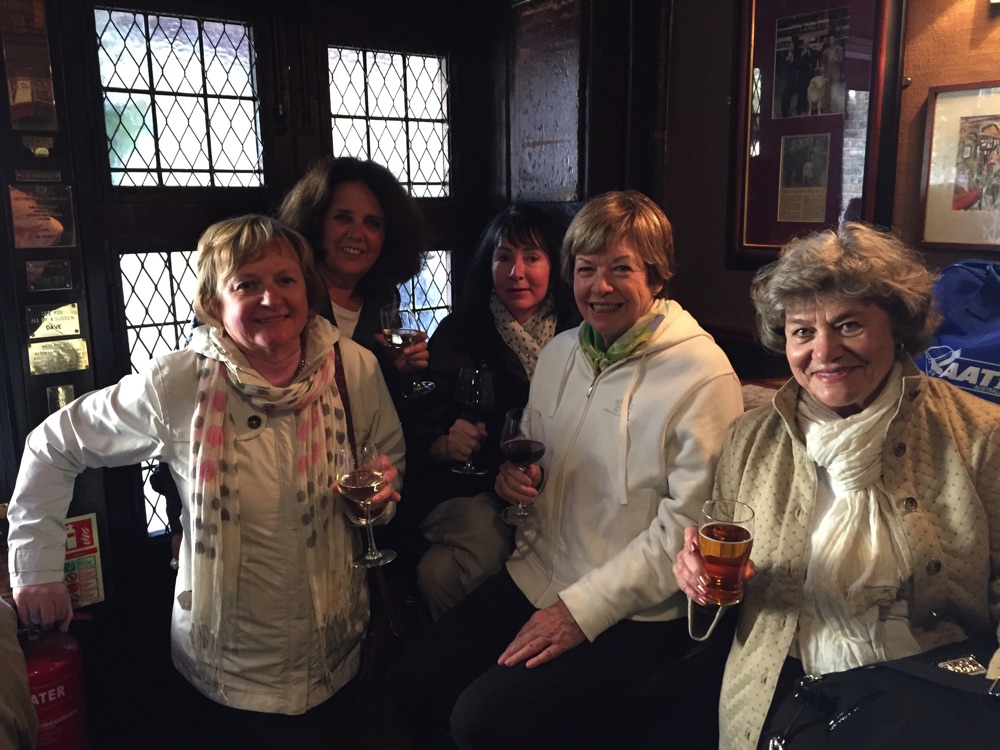
For our first day in London, we did a quick tour of the sites in the centre of the city – around the West End and Piccadilly and Trafalgar Square – before heading out to Greenwich.
There, we visited the Royal Observatory as well as Flamsteed House and the Old Navy College.
From the Observatory’s hilltop with its panoramic view over the city, we strolled down to the Maritime Museum and the impressive set of buildings designed by Christopher Wren.
We wandered around Greenwich market and had lunch before taking a boat down the Thames to the Tower of London where we got a closer look at the resident ravens, crown jewels and Beefeaters and listened again to all the old horror stories of ghosts and crimes and gruesome deeds.
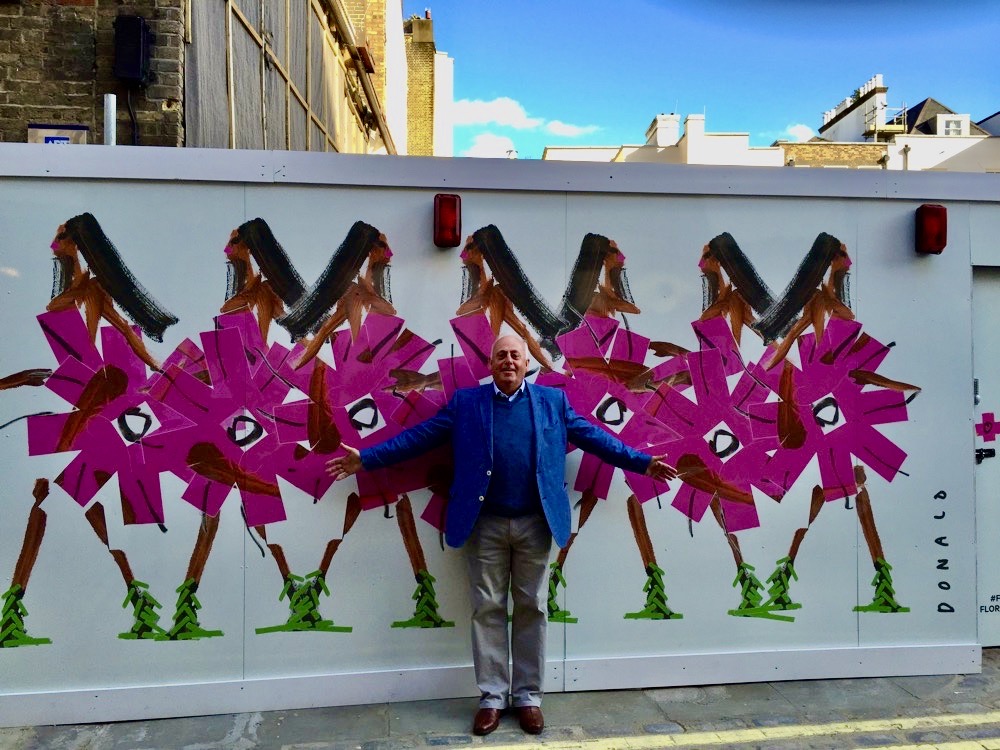
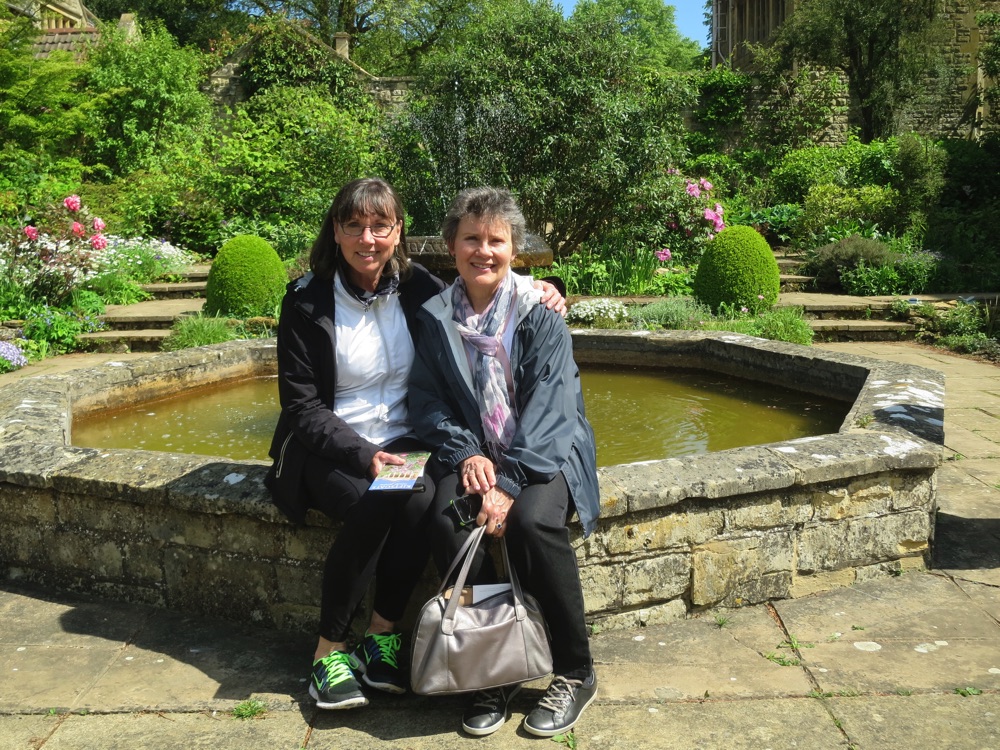
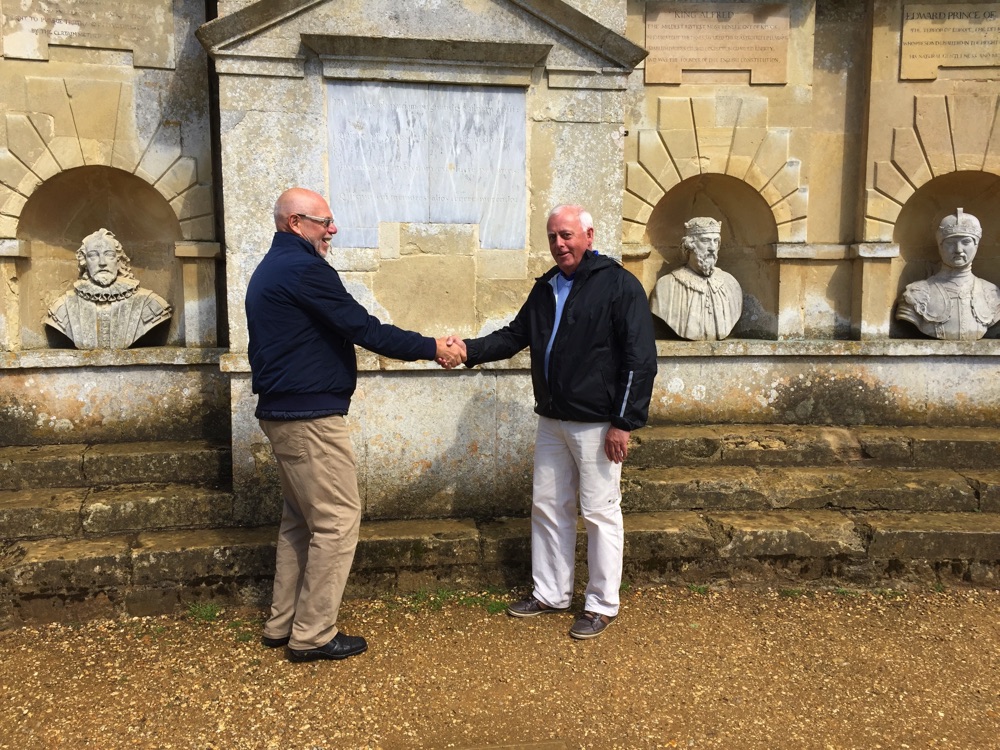
Some of my group still had enough energy to visit the National Gallery, attend a concert at St. Martin- in-the-Fields, pop into the V&A and attend a service at Westminster Abbey.
There was never a shortage of things to do in London in the evening. Excellent restaurants are everywhere and since the Tube was right on our doorstep, it was easy to get into the West End for a night at the theatre or to do a pub crawl and visit some of our favourites, such as The Lamb and Flag and the Harp.
On Sunday, we had fun visiting Kew Gardens, touring the grounds and popping into the glass houses before strolling into Richmond village for lunch.
It was the perfect day to see Richmond Green in all its bustling glory and to walk alongside the Thames to Richmond Bridge.
The next day we left London to visit Wisley, the Royal Horticultural Society’s flagship botanical garden, where, despite the light rain, we had a very nice time seeing all aspects of the garden. The weather actually cleared up as we walked and the sky got brighter and by lunch time it was a lovely day. Which proves what they say about weather in England: wait 10 minutes and everything changes.
The next day we again left London, this time heading for the Cotswolds to visit two of England’s most famous gardens, Hidcote Manor and Kiftsgate in Gloucestershire.
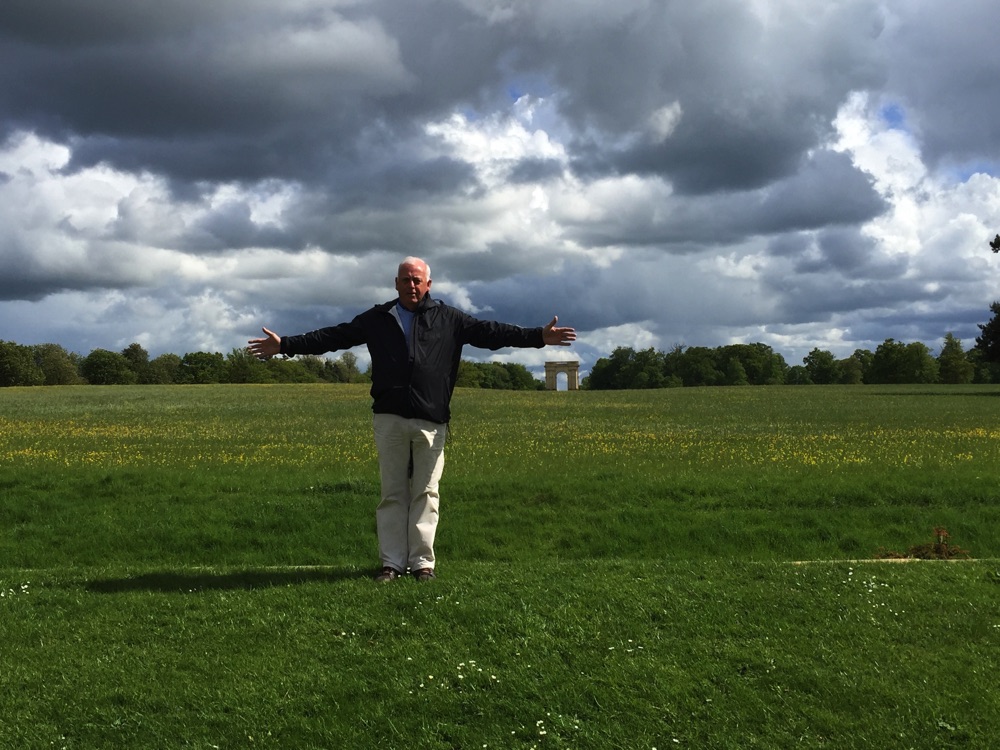
We were lucky to have perfect weather, so we enjoyed riding through the beautiful countryside to the gardens, which are located very close to each other in the village of Hidcote Bartrim, near Chipping Campden.
We started at Hidcote, the Arts and Crafts garden built by Lawrence Johnston in the 1920s.
We enjoyed seeing key features, such as the Long Walk and the Red Border as well as the famous bird topiaries, pleached stilt-garden and clipped yew hedges.
Kiftsgate was also a dream garden to visit. Built by three generations of women over the past 100 years.
The view from the half-moon pond at the bottom of the garden out to the unspoiled Gloucestershire countryside is still one of the most spectacular highlights.
This garden also had an excellent cream tea, which we were unable to resist.
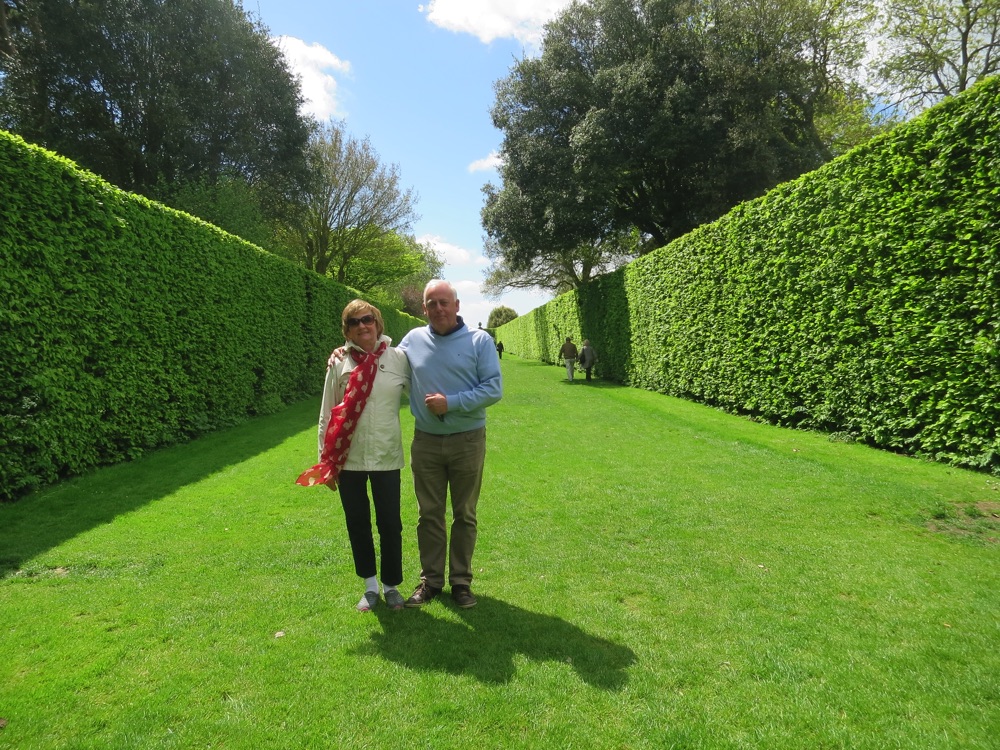
On the way home, we stopped at the village of Woodstock, next to Blenheim Palace. Woodstock is a very pretty village with stone houses with wisteria smothered walls.
One of the houses in the town, Chaucer House, was the home of Thomas Chaucer, who was thought to be the son of Geoffrey Chaucer, the father of English literature.
We were supposed to be going to Chenies, but because the garden was being used for some special event, we had to sub another top garden.
Instead of Chenies, we decided to visit Cliveden, the Italianate Mansion at Taplow, is a beautiful estate garden in Buckinghamshire with superb views down to the River Thames.
This was the place made famous in the 1960s for its connection to the Profumo Affair. But we were there to see the beautiful gardens.
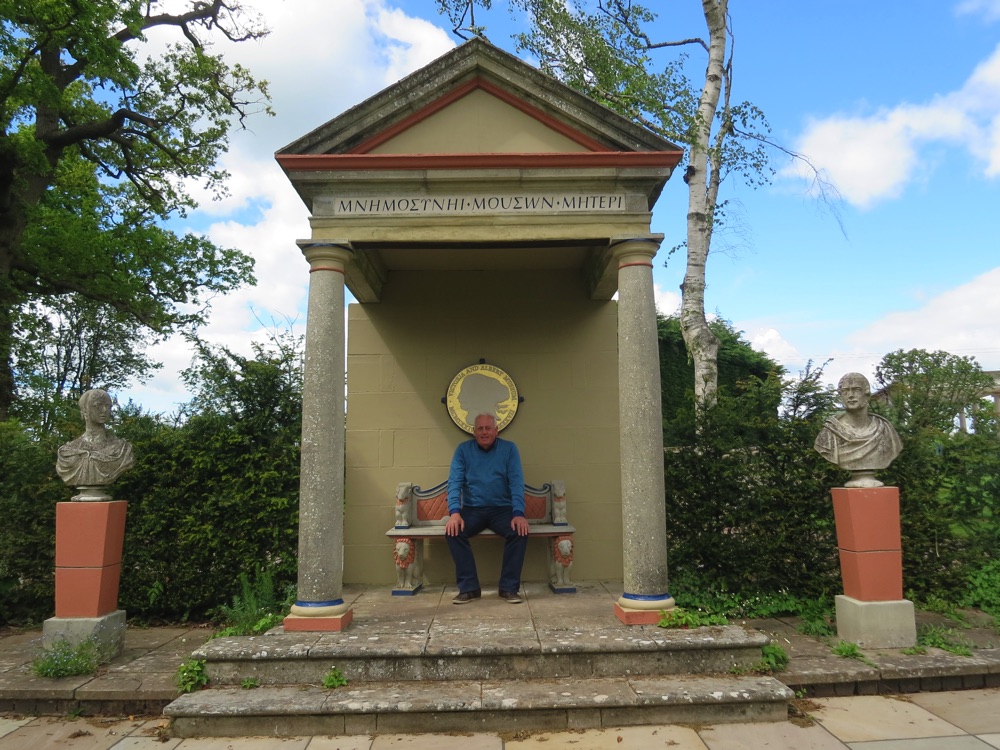
We started by walking in front of the house onto the immense grand lawn with its superb parterres stuffed with early spring flowers and tulips.
From there we moved to what is called the Long Garden where we found topiary birds and yew spirals and more parterres filled with anemones.
The garden was in the midst of transition from spring to summer planting, so gardeners were busy pulling things out and putting new things in.
From Cliveden we went to Stowe Landscape Gardens, one of the most important gardens in England with an impressive history with connections to Capability Brown and the English Landscape Movement of the 18th century.
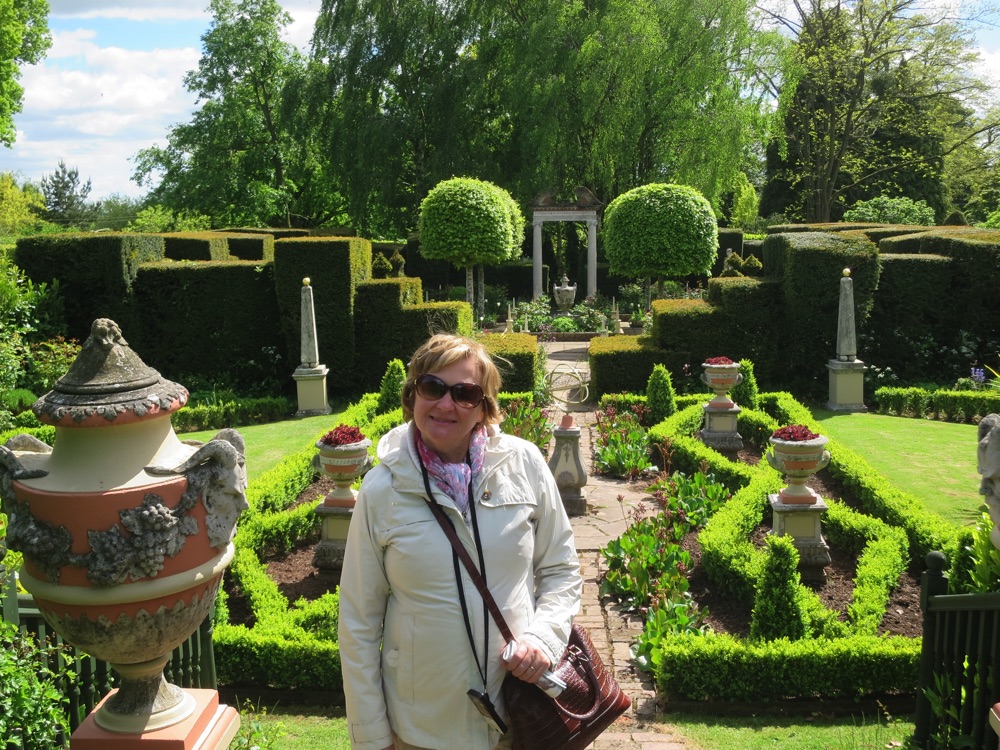
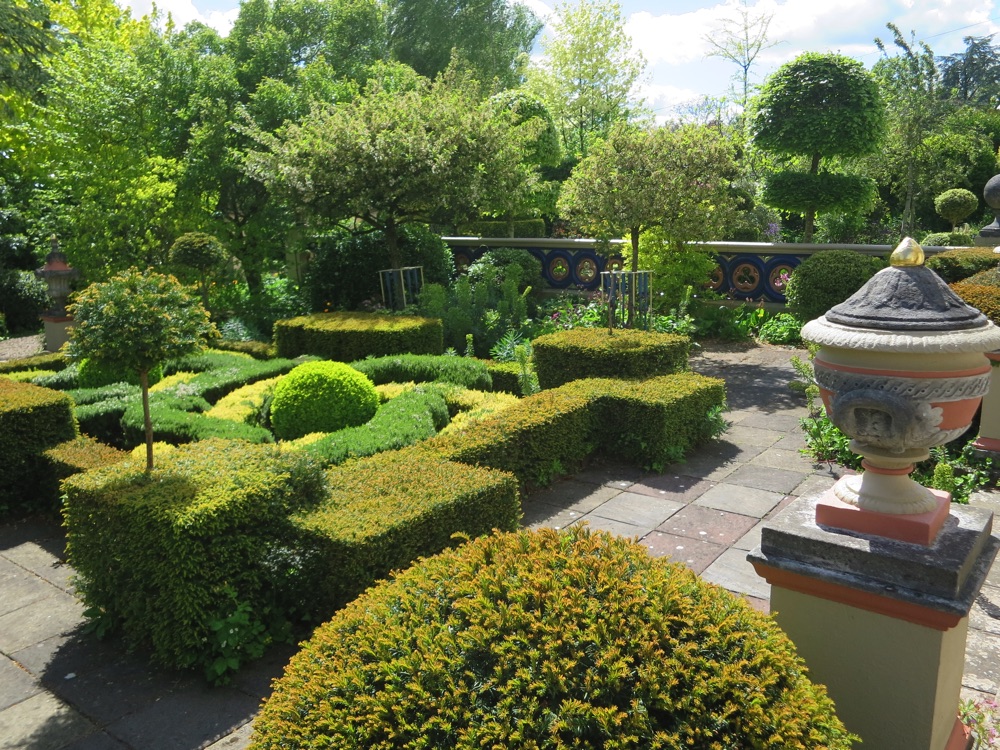
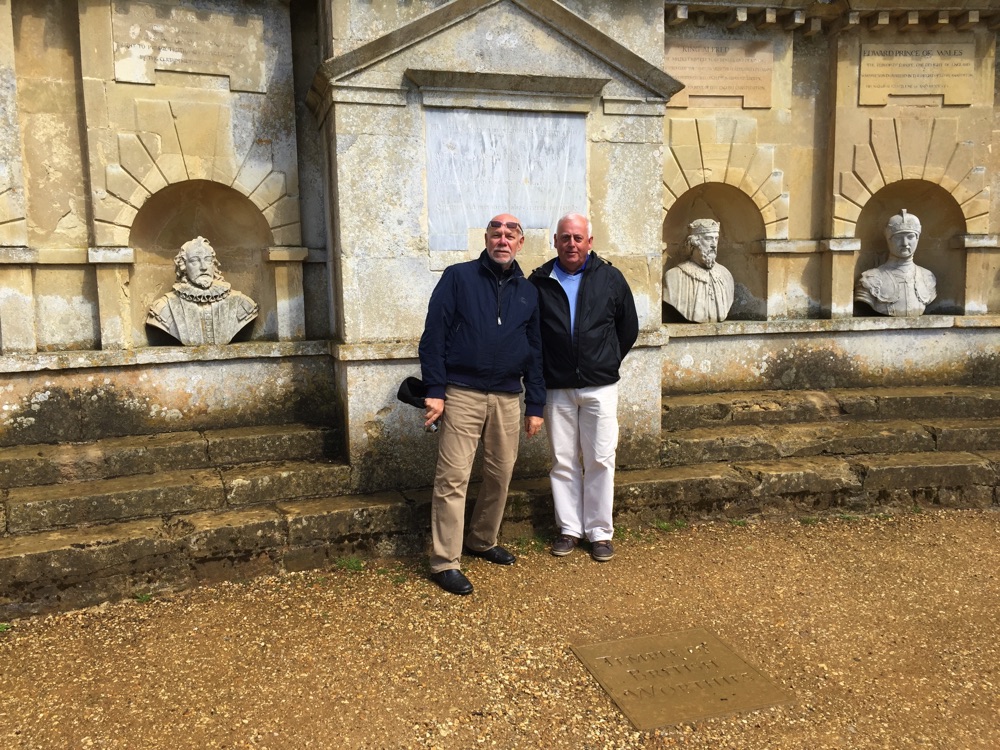
Stowe is where the ha-ha was invented by Charles Bridgeman and as a result more than two million acres of England was transformed virtually overnight and the English Landscape Movement born.
Stowe was fantastic. I was in awe from the moment we walked along the beautiful path with sheep in the fields to the entrance at the Bell Gate.
From there, I chose to walk anticlockwise, first visiting the superb Palladian Bridge.
As we reached it, there was a ferocious hail storm. We raced to the bridge for shelter and watched the hail thundering into the beautiful lake. It was an amazing sight and sound.
When the shower passed, we wandered on over the wooden bridge and up to the Temple of Worthies, where England’s famous and illustrious are honoured, from Shakespeare to King Alfred to Sir Francis Drake
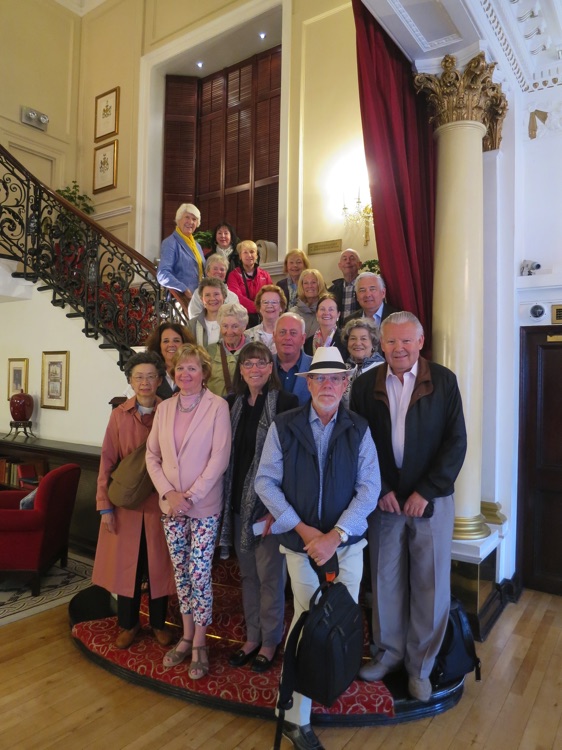
Moving on, we stepped through the Grotto and pressed up the hill, past a giant cedar of Lebanon and the Temple of Ancient Virtue to Stowe House, which is now a private school.
This is the spot where you get the most amazing view down the garden to the Corinthian Arch in the distance with the two pavilions flanking the long stretch of grass. It is a vista to rival the view of the Arc de Triomphe in Paris seen from the Place de la Concorde.
But what was most magical about this landscape was the feeling that we were walking back in the 18th century in a romantic landscape that captured the imagination with the idea that perhaps elves and fawns and satyrs were lurking in the woodlands.
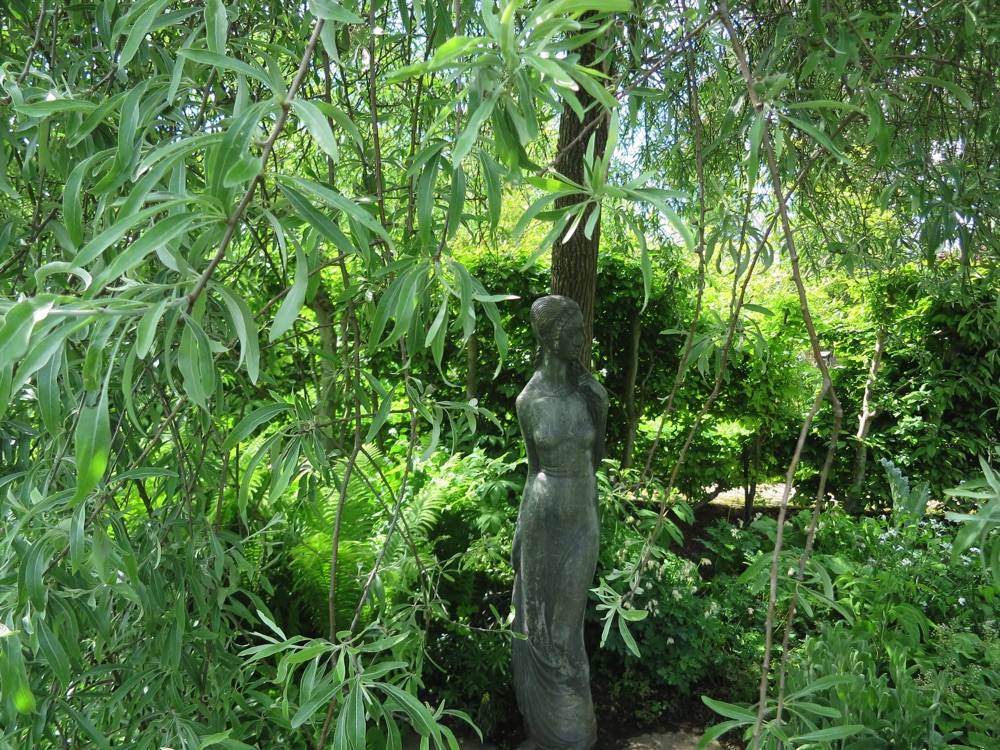
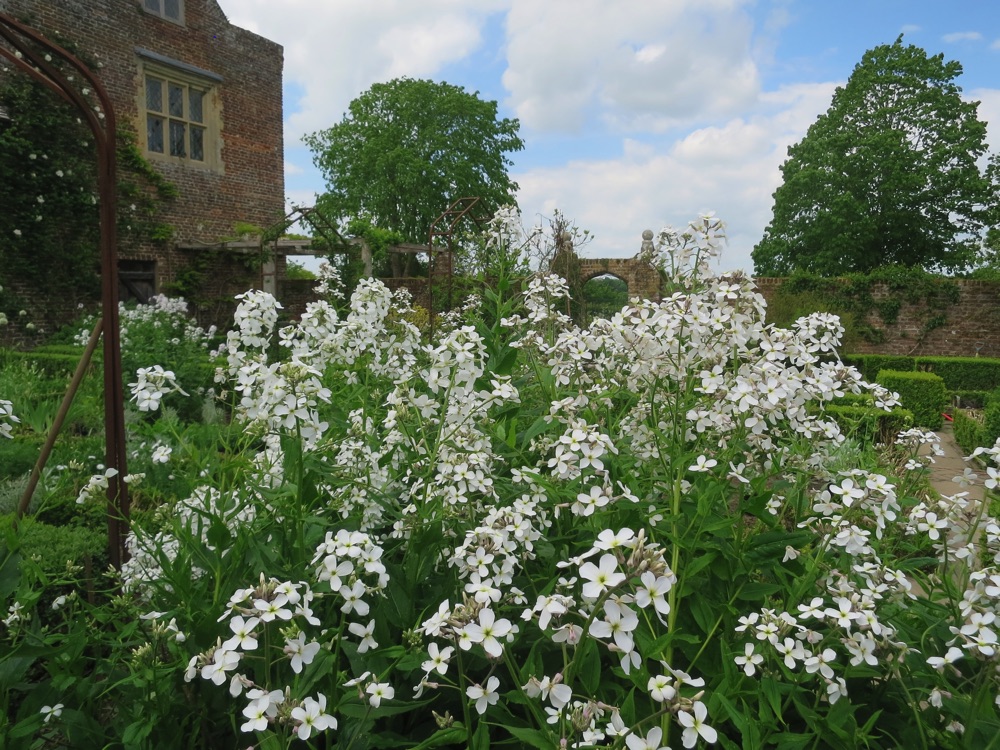
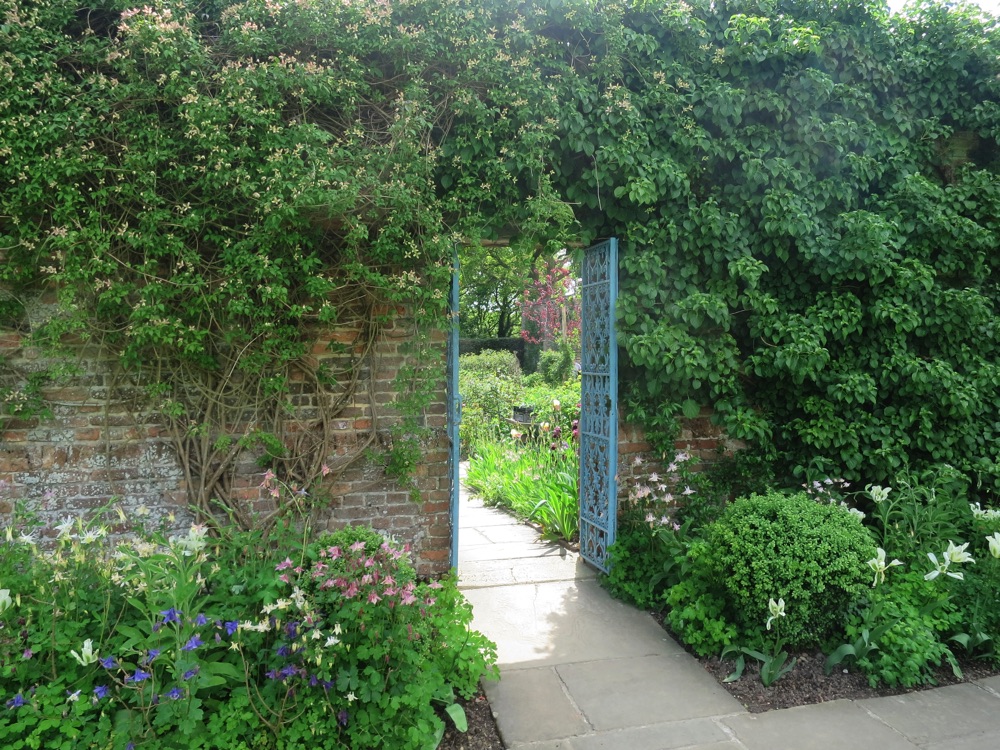
Out of London, the next day, we went down to Kent to visit two of England’s greatest gardens – Sissinghurst and Great Dixter. They looked fabulous.
We started out at Great Dixter, walked the borders and meadows, and also toured the house where Christopher Lloyd lived and wrote all his wonderful books.
From there, we travelled a short distance to Sissinghurst, which also looked immaculate.
Vita Sackville West was a genius at framing views and creating images that evoke an emotional response, usually one of joy.
The weather for our visit was perfect. Roses were blooming. And the cream teas were delicious. We had a grand day.
Midweek, we took the biggest challenge of our tour and left London early to head north to Herefordshire to visit Laskett, the garden of Sir Roy Strong. This was an ambitious undertaking, considering the distance and the traffic issues, but we felt it was worth the effort since the garden was an amazing creation with a wonderful history and also Sir Roy had been threatening to destroy it after his death since the National Trust had refused to take it on. He was very angry about that.
Laskett was built over the past 30 years by Sir Roy and his wife, Julia Trevelyan Oman, in the tiny village of Much Birch, near Ross-on-Wye.
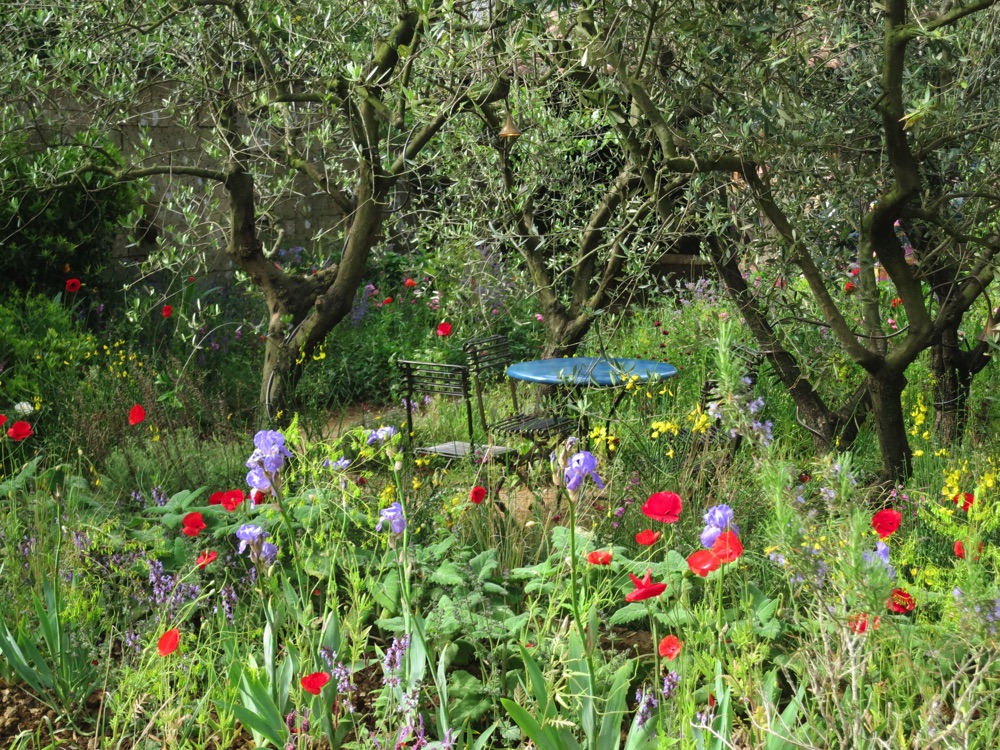
Strong made his name for his work in the arts world as the former director of the Victoria & Albert Museum and the National Portrait Gallery. Trevelyan Oman was an accomplished designer for theatre, especially the London Opera productions. She died in 2003 from pancreatic cancer.
When we were at the garden we heard that it was going to be saved by a perennials group with charity connections. I have not heard more details since then, but it sounded like the garden would be preserved.
When Roy and Julia started the project they looked for inspiration to places such as Hidcote and Sissinghurst and they had access to top garden gurus such as Lady Salisbury (the Green Goddess of Britain) and Rosemary Verey and many others.
Princess Charles is also known to have been very impressed by what had been achieved at Laskett and copied some of the ideas in his garden at Highgrove.
Before going into the garden, we stopped in the village for a delicious pub lunch. This was a great party and everyone had fun and almost forgot why they had come all the way to Herefordshire.
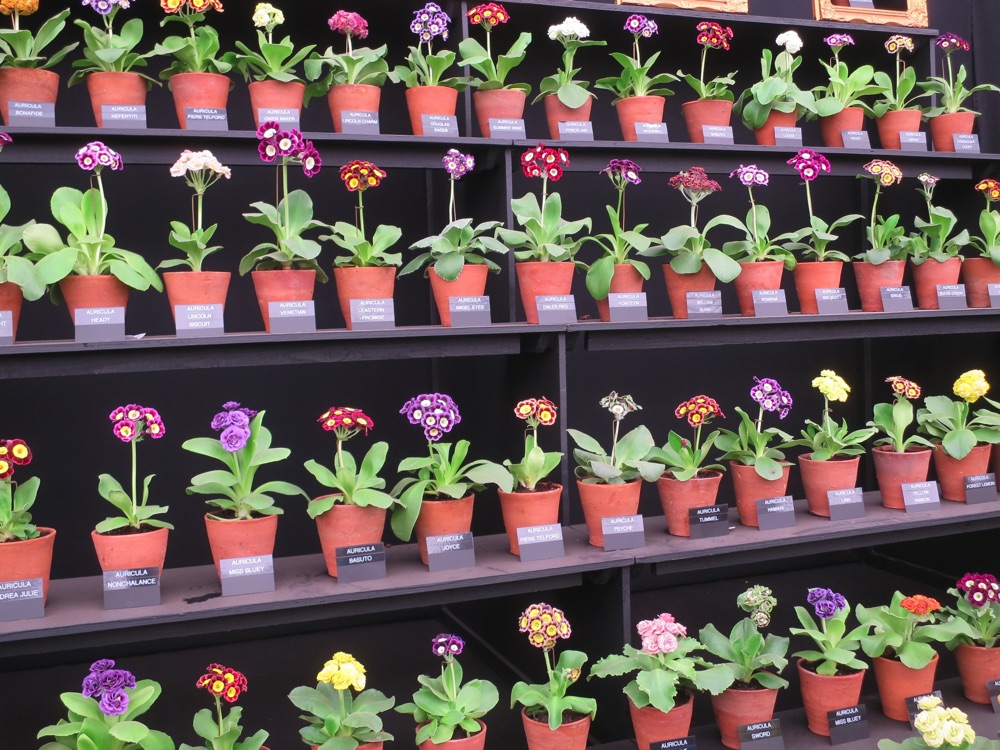
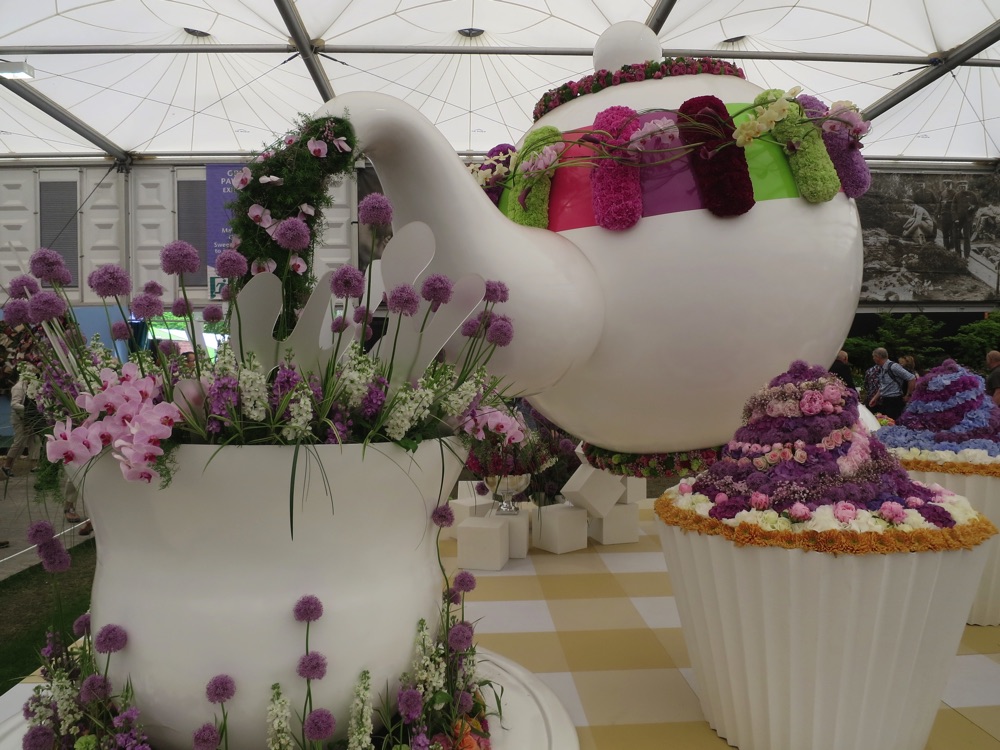
It took a few hours to get to Laskett – which means a piece of land between parishes. The beauty of our visit was that we had the garden completely to ourselves. We were free to wander around it at our leisure and take photos without crowds to contend with.
The weather cooperated and the garden looked magnificent in the light of moving clouds and dappled sunshine.
We found every view within the garden had been carefully constructed with artwork and special monuments framed and focused in the most dramatic way.
Strong and Oman were very conscious of creating striking vistas, so we found theatrical views created through clipped yews and along straight stone paths.
Nowhere in the garden is this more dramatically achieved than at the right-angle junction of two magnificent vistas. One called the Elizabethan Tudor Walk focused on the Shakespeare Monument commemorating the Shakespeare Prize that was given to Strong in 1980 in recognition of his services to the arts in the UK.
The garden is full of beautiful art works including a stag with golden antlers (referencing Milton) and Floral, a duplicate of one of the four statues that Strong acquired for Prince Charles’s garden at Highgrove.
One of the most peaceful areas was the orchard area where Oman’s ashes are interred in a white urn.
Back in London, we went to the Chelsea Flower Show, arriving when it first opened which gave us at least an hour before the madding crowds arrived.
This meant we could see the show gardens upclose without being crushed. By the time the crowds started to arrive, we were free to move into the main pavilion to see all the spectacular exhibits.
The Best of British Tour was an experiment to see how it would work being based in one hotel. It worked out splendidly.
swhysall@hotmail.com
